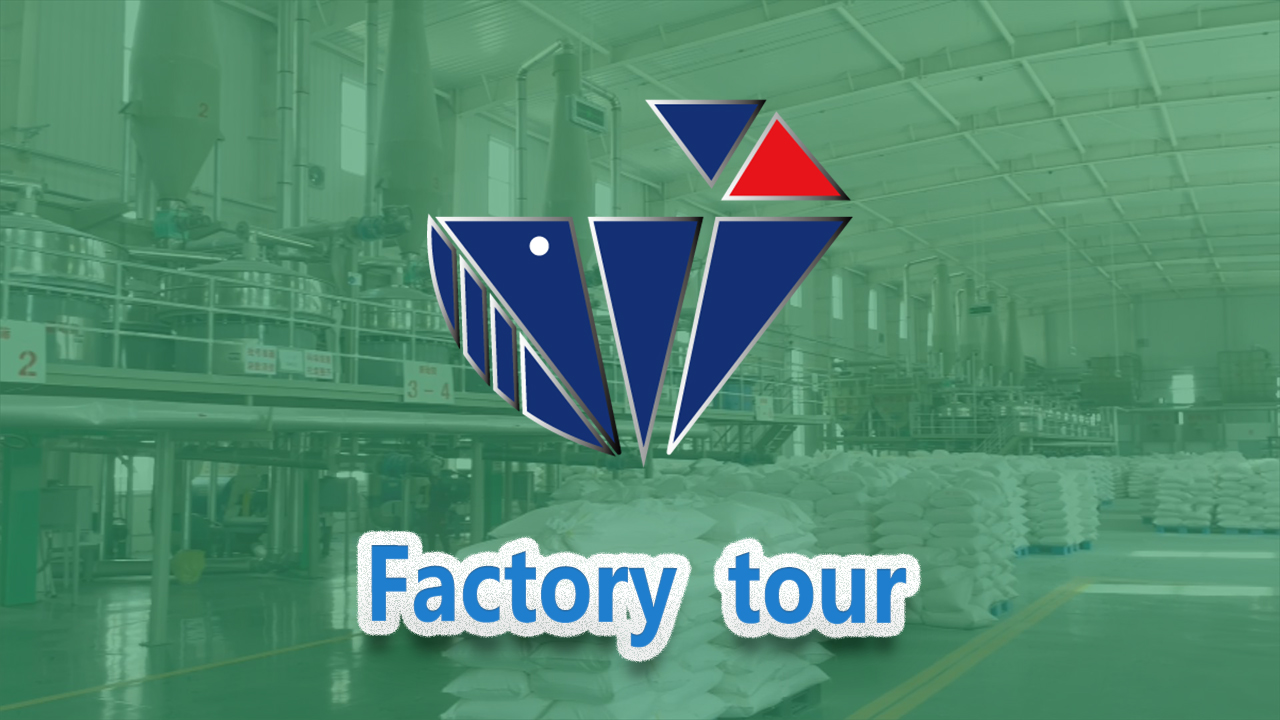
aug . 01, 2024 06:06 Back to list
Exploring the Advances and Applications of HPMC in Gypsum-Based Construction Materials
HPMC for Gypsum An Essential Additive in Construction
Hydroxypropyl Methylcellulose (HPMC) is a versatile cellulose ether widely used in various industries, particularly in the construction sector. Among its many applications, HPMC plays a crucial role in enhancing the performance of gypsum-based products, which are fundamental to modern construction.
Gypsum, a mineral composed mainly of calcium sulfate dihydrate, is a popular material for drywall, plaster, and other building elements. It is favored for its fire resistance, sound insulation, and ease of installation. However, to maximize the effectiveness and usability of gypsum products, additives like HPMC have become essential.
What is HPMC?
HPMC is synthesized from cellulose, a natural polymer derived from plant cell walls. The modification process involves substituting hydroxyl groups in cellulose with hydroxypropyl and methyl groups, resulting in a compound that is soluble in water and has a unique combination of properties. HPMC is known for its thickening, emulsifying, and stabilizing capabilities, making it an ideal additive for many formulations.
Benefits of HPMC in Gypsum Products
1. Improved Workability One of the primary benefits of adding HPMC to gypsum formulations is the enhancement of workability. HPMC improves the viscosity of the slurry, allowing for better application and manipulation of the material. This is particularly important in plastering applications where a smooth finish is desired.
2. Extended Open Time HPMC allows gypsum products to maintain workability for a longer period, known as extended open time. This feature gives users more flexibility during application, reducing the pressure to complete the task within a short window and minimizing waste.
hpmc for gypsum

3. Water Retention HPMC significantly improves the water retention capacity of gypsum mixtures. This is crucial for preventing premature drying, ensuring that the gypsum remains workable for a sufficient amount of time, and promoting better curing. Adequate curing is essential for achieving optimal strength and durability in finished products.
4. Adhesion Promotion In applications like tile adhesion and gypsum-based mortars, HPMC enhances the bonding properties. The modified cellulose improves the adhesion between gypsum and substrates, leading to stronger and more resilient constructions.
5. Reduced Cracking Gypsum products can be prone to cracking. The presence of HPMC helps in minimizing shrinkage during drying, reducing the likelihood of cracks formation and ensuring a more uniform surface.
6. Compatibility with Other Additives HPMC is compatible with a variety of other additives commonly used in gypsum formulations, such as retarders and anti-fungal agents. This compatibility allows for the customization of gypsum products to meet specific performance requirements.
Conclusion
The integration of HPMC in gypsum-based products represents an innovative approach to enhancing construction materials. By improving workability, extending open time, enhancing water retention, and increasing adhesion, HPMC adds significant value to gypsum applications. As the construction industry continues to evolve, the use of HPMC in gypsum products will likely increase, providing builders and contractors with enhanced performance and reliability.
In summary, HPMC's unique properties make it an invaluable asset in the manufacturing and application of gypsum materials, contributing to safer, more efficient, and higher-quality construction practices. As awareness of its benefits grows, HPMC will undoubtedly remain a staple in the development of gypsum-based solutions.
-
Versatile Hpmc Uses in Different Industries
NewsJun.19,2025
-
Redispersible Powder's Role in Enhancing Durability of Construction Products
NewsJun.19,2025
-
Hydroxyethyl Cellulose Applications Driving Green Industrial Processes
NewsJun.19,2025
-
Exploring Different Redispersible Polymer Powder
NewsJun.19,2025
-
Choosing the Right Mortar Bonding Agent
NewsJun.19,2025
-
Applications and Significance of China Hpmc in Modern Industries
NewsJun.19,2025







